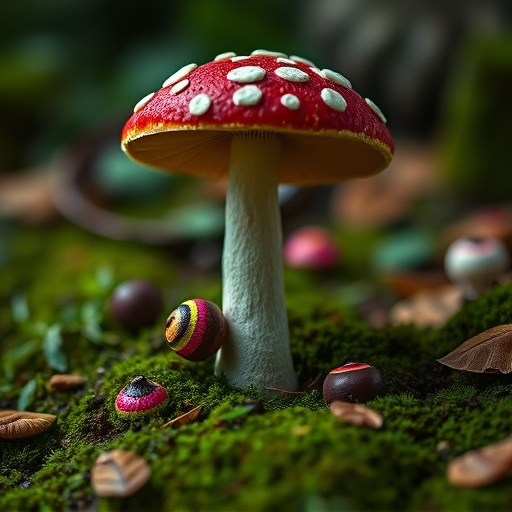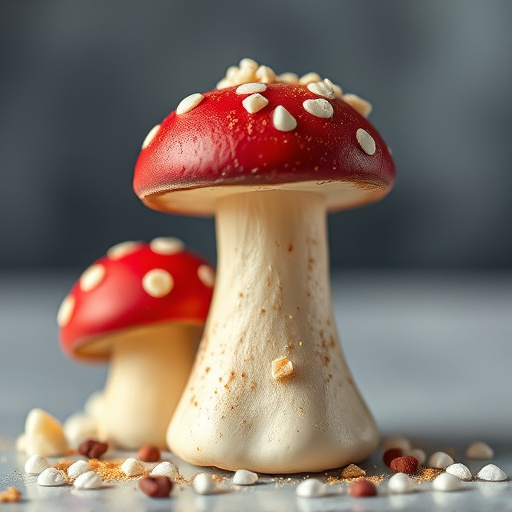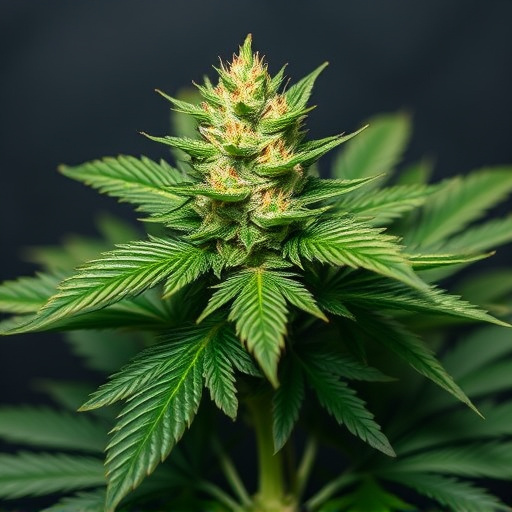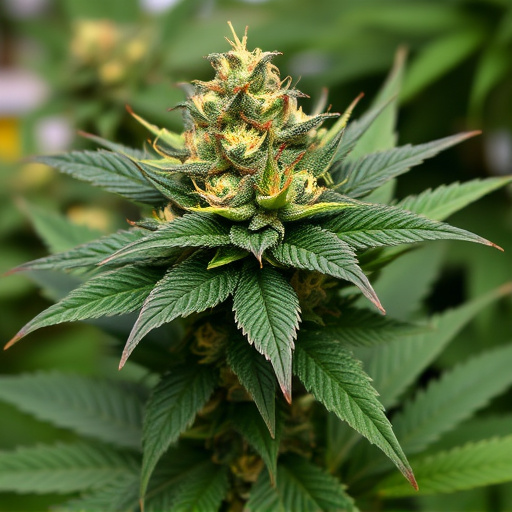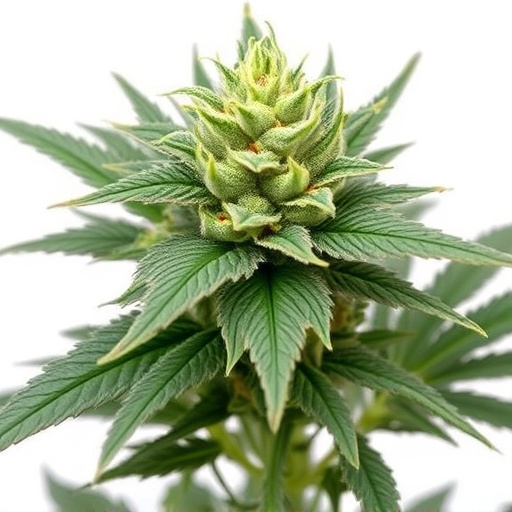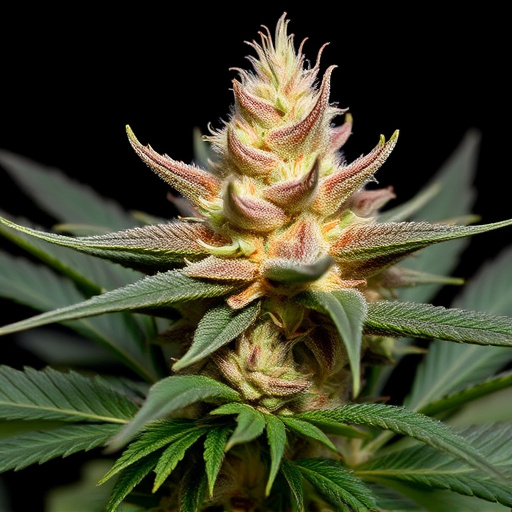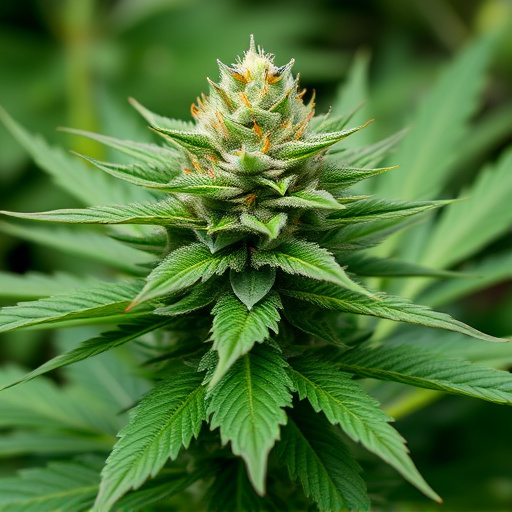Cannabis consumption triggers short-term effects influenced by strain composition (particularly high THC levels in the top 20 cannabis strains), method of consumption, and individual tolerance. Key impacts include relaxation, euphoria, altered perception, increased appetite, dry mouth, and enhanced creativity. Regular use may alter brain chemistry over time, affecting mood regulation. Informed decisions about cannabis use are crucial, considering both immediate well-being and potential long-term implications. The top 20 cannabis strains offer diverse experiences, from relaxing Indica to energizing Sativa effects, driven by varying ratios of cannabinoids like THC and CBD. Understanding specific strain effects is vital for managing expectations and avoiding negative reactions.
“Unraveling the complexities of cannabis, this comprehensive guide delves into the multifaceted world of weed. From short-term effects like relaxation and altered perception to long-term impacts on mental health and cardiovascular systems, understanding these nuances is essential.
Explore the fascinating realm of top 20 cannabis strains, each with unique characteristics: Indica vs Sativa, THC and CBD dominance, appetite stimulants, sleep aids, creative sativas, and medicinal marvels. Empower yourself with knowledge to make informed decisions in today’s evolving cannabis landscape.”
Short-Term Effects of Weed
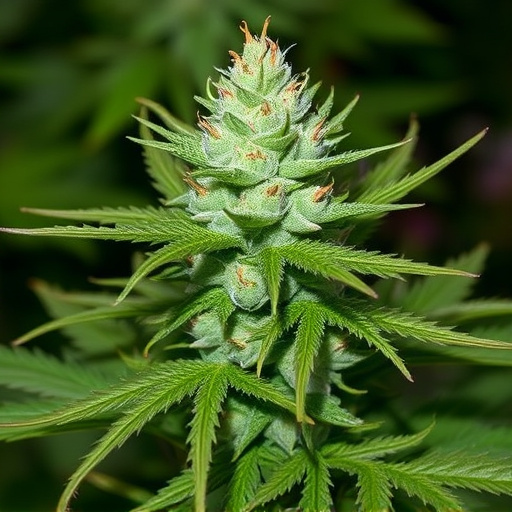
The short-term effects of weed, or cannabis, are diverse and depend on various factors including strain, method of consumption, and individual tolerance. When consumed, cannabis interacts with the endocannabinoid system in our bodies, which is responsible for regulating mood, memory, appetite, and pain perception. This interaction can lead to both immediate physical and psychological changes.
One of the most common short-term effects is a heightened sense of relaxation and euphoria, often described as a “high.” This feeling is primarily associated with the activation of CB1 receptors in the brain by THC (tetrahydrocannabinol), the primary psychoactive compound in cannabis. The top 20 cannabis strains known for their potent effects often contain high levels of THC, intensifying these short-term impacts. Other immediate effects may include altered perception, increased appetite, dry mouth, and red, bloodshot eyes—a phenomenon commonly referred to as “red eyes.” Some users also experience heightened senses, enhanced creativity, or even temporary anxiety and paranoia, especially with excessive consumption.
– Relaxation and euphoria
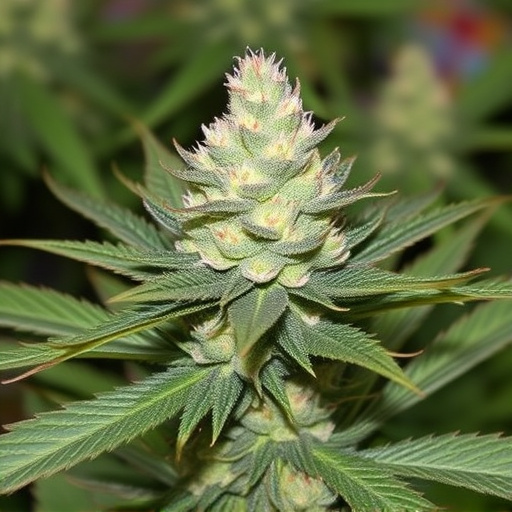
Cannabis use, particularly among those who consume it for recreational or medicinal purposes, often evokes a sense of relaxation and euphoria, two powerful mental effects that have been documented in numerous studies. These experiences are largely attributed to the interaction between cannabis compounds, such as tetrahydrocannabinol (THC) and cannabidiol (CBD), with our bodies’ endocannabinoid system. THC is known for its psychoactive properties, which can induce feelings of bliss and tranquility, while CBD, present in many of the top 20 cannabis strains, offers a more calming experience without the mental alteration.
The sense of relaxation and euphoria brought about by cannabis use can have both short-term and long-term implications. In the immediate term, it provides users with a momentary escape from daily stressors and anxiety. However, over time, regular cannabis consumption may lead to changes in brain chemistry, affecting mood regulation and potentially influencing long-term mental health outcomes. Understanding these effects is crucial for those considering cannabis use as a form of relaxation or for medical purposes, highlighting the importance of informed decisions regarding this popular substance.
– Altered sense of perception
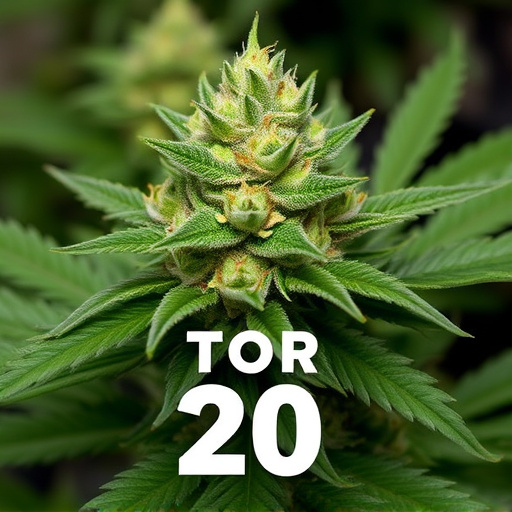
Using cannabis can significantly alter one’s sense of perception, an effect that varies across individuals and is influenced by factors like strain potency and consumption method. The top 20 cannabis strains known for their potent effects include Indica and Sativa varieties, each offering unique profiles. For instance, Indica strains tend to induce a more sedative and relaxing experience, altering senses of time and space. In contrast, Sativa strains are often associated with heightened creativity and energy levels, providing a different kind of altered perception.
These differences stem from the various cannabinoids present in cannabis, with THC being the primary psychoactive compound. Different strains have varying ratios of THC to CBD (cannabidiol), which can lead to a wide range of effects on sensory perception. While some may experience heightened senses and increased creativity, others might feel more anxious or paranoid. Understanding these strain-specific impacts is crucial for users looking to manage their expectations and mitigate potential adverse effects, especially in the short term.
In conclusion, understanding both the short-term and long-term effects of weed is essential for informed decision-making. The top 20 cannabis strains, each with its unique profile of cannabinoids, can offer relaxation and euphoria, as well as alter perceptions. However, it’s crucial to remember that these effects vary among individuals and can have lasting impacts over time. Navigating the world of cannabis requires knowledge and moderation to ensure a safe and beneficial experience.

